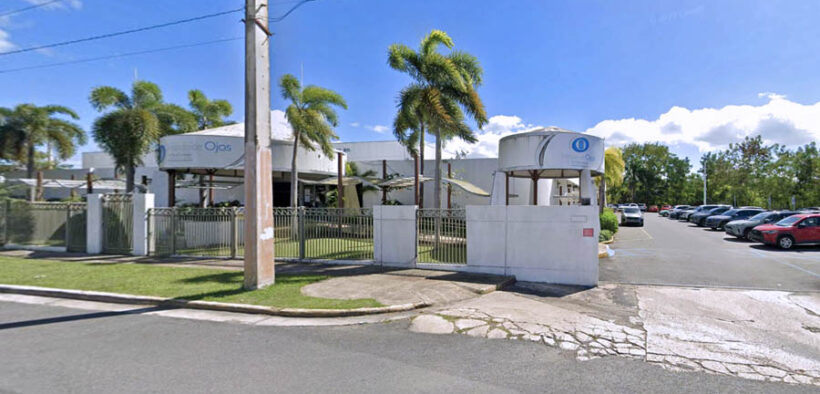Instituto de Ojos joins US study on AMD treatment

Samsara Vision, a U.S. company specializing in visual prosthetic devices, has expanded its Concerto clinical study to Puerto Rico, adding the island to a network of 13 active research sites across the United States.
The study is testing the Smaller-Incision New-Generation Implantable Miniature Telescope, or SING IMT, an investigational device designed to improve vision in people with late-stage age-related macular degeneration, one of the leading causes of blindness among older adults.
Instituto de Ojos in Carolina joins the Cincinnati Eye Institute in Ohio, Georgia Eye Partners in Woodstock and North Valley Eye Care California as part of the ongoing study.
Dr. Miguel Santiago will serve as the principal investigator for the Puerto Rico site, which will begin enrolling participants aged 65 and older who meet the study’s health and vision criteria.
“The addition of these sites broadens the reach of our clinical program and reflects our commitment to advancing treatment options for patients with late-stage AMD,” said Rebecca Kammer, vice president of worldwide clinical and medical affairs at Samsara Vision.
The company plans to present study updates at the American Academy of Ophthalmology’s 2025 annual meeting in Chicago. The SING IMT is already approved for use in countries that recognize CE marking, including those in the European Union, for patients 55 and older who have not undergone cataract surgery.
The expansion into Puerto Rico, company officials said, gives local ophthalmologists a chance to contribute to international research and offer patients access to emerging technologies aimed at preserving vision.
Age-related macular degeneration affects more than 11 million Americans, and that number is expected to double by 2050, according to the National Eye Institute. Nearly 2 million people already live with its most advanced stages.
“This research helps us better understand how innovative technologies can improve patients’ daily experiences,” said Thomas Ruggia, chief executive of Samsara Vision. “It’s a privilege to renew our relationships with key investigators and providers supporting Concerto.”
The implant is not a cure and does not restore lost vision, but it magnifies images onto healthy portions of the retina, helping patients use their remaining sight more effectively. The surgery carries some risks, including inflammation or corneal swelling, though earlier trials have shown measurable gains in visual function for many participants.




